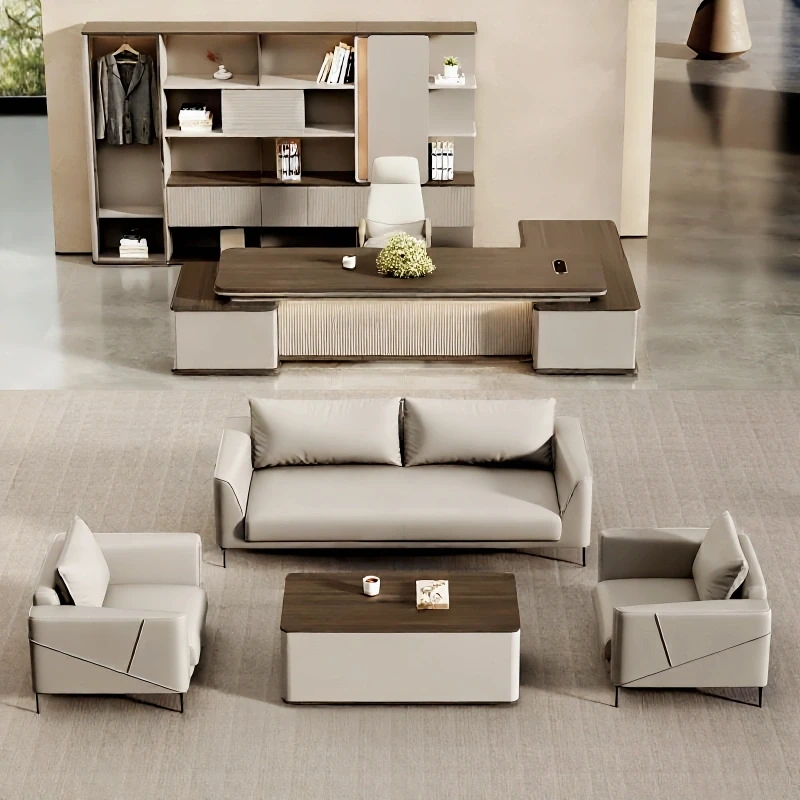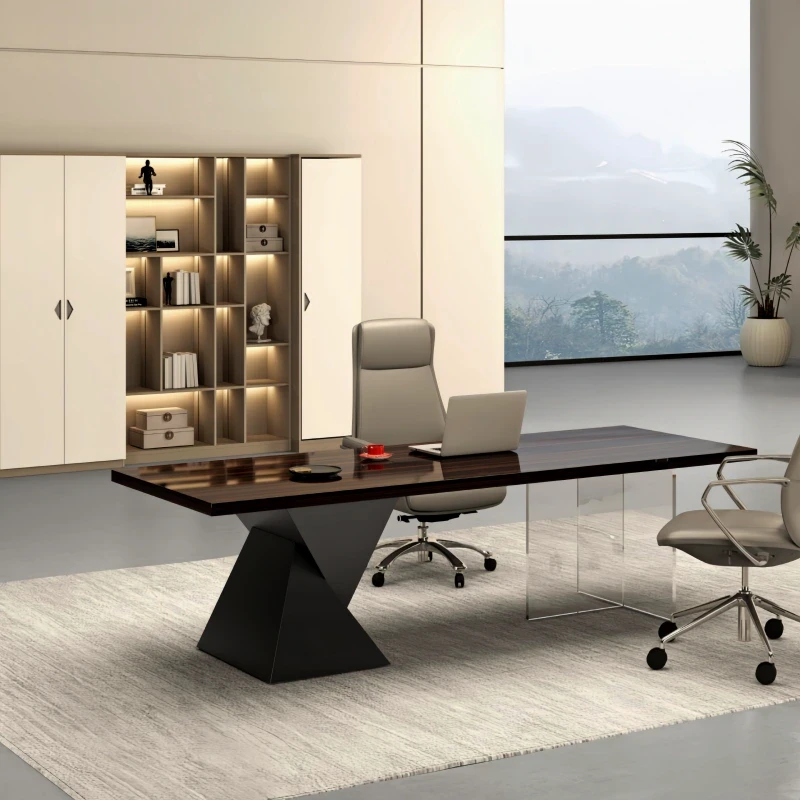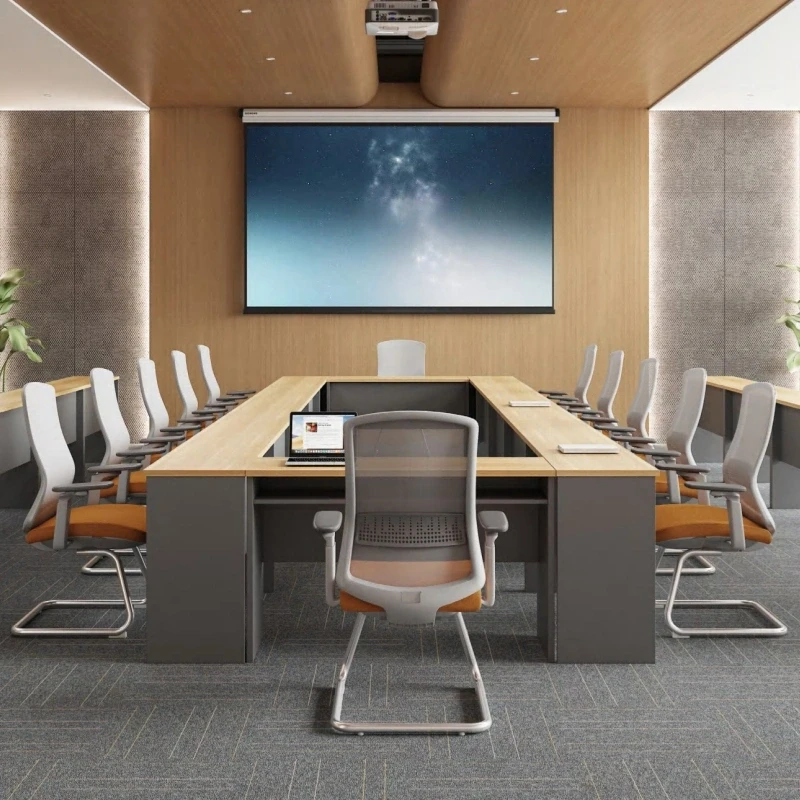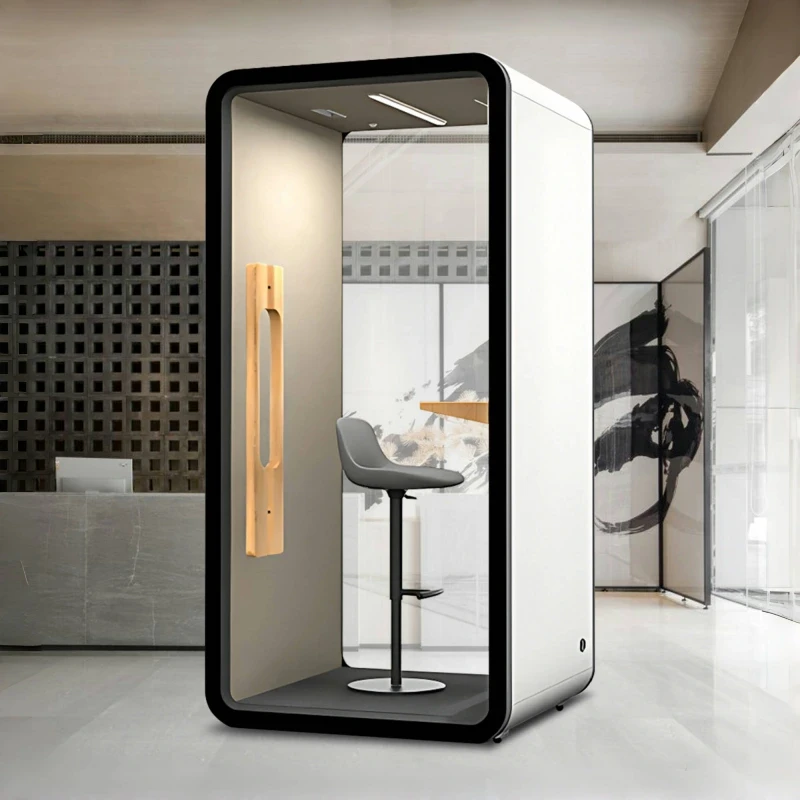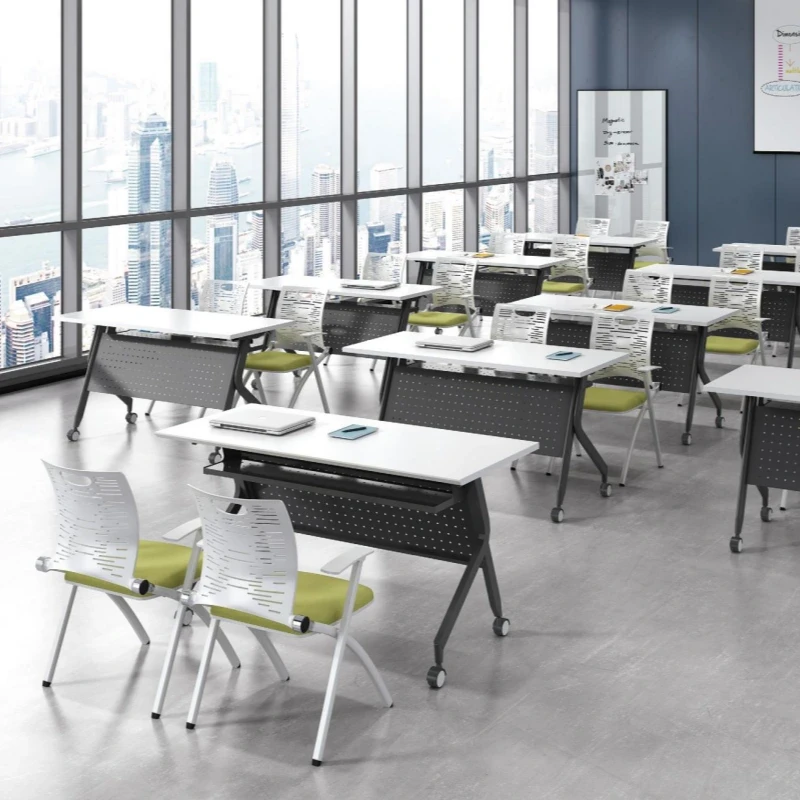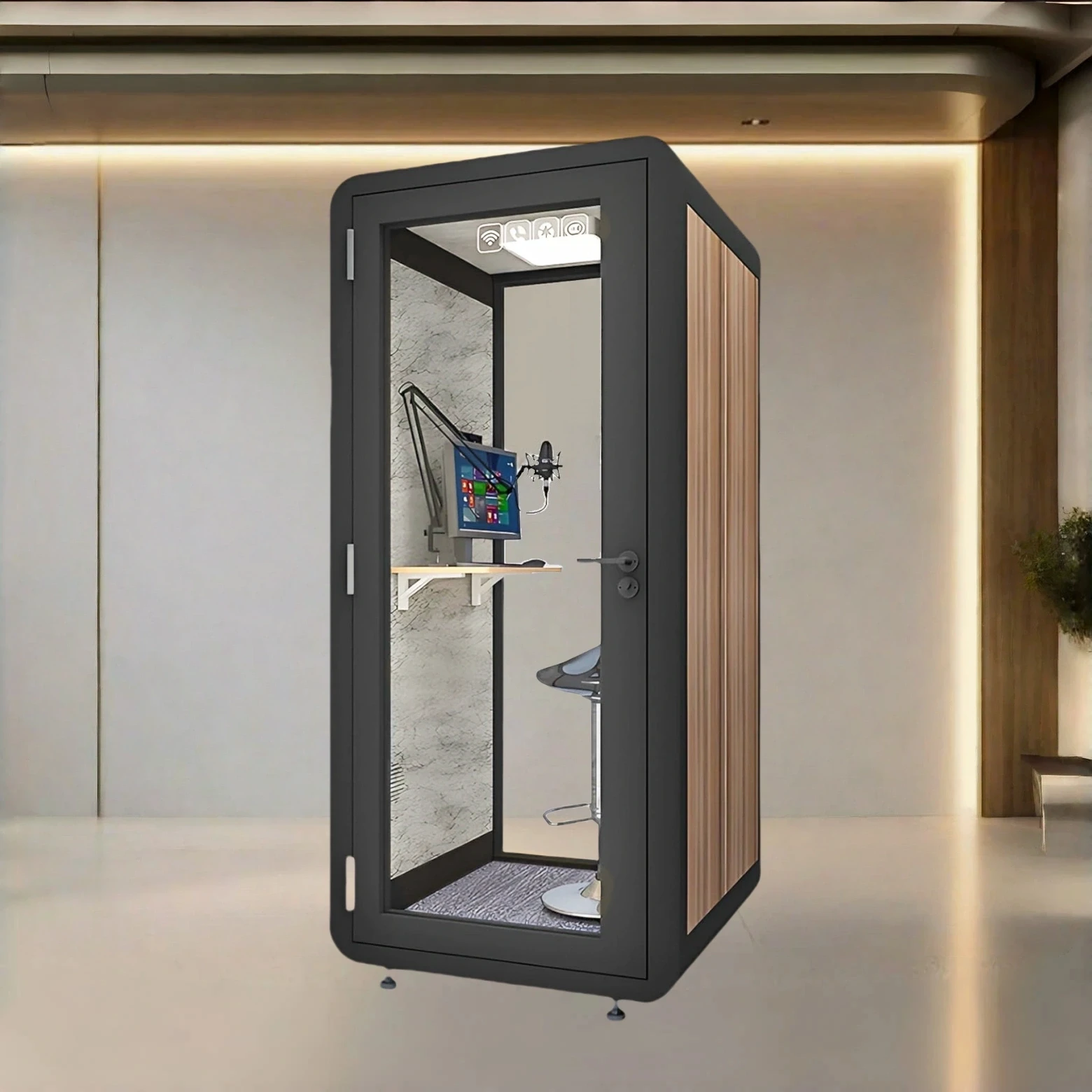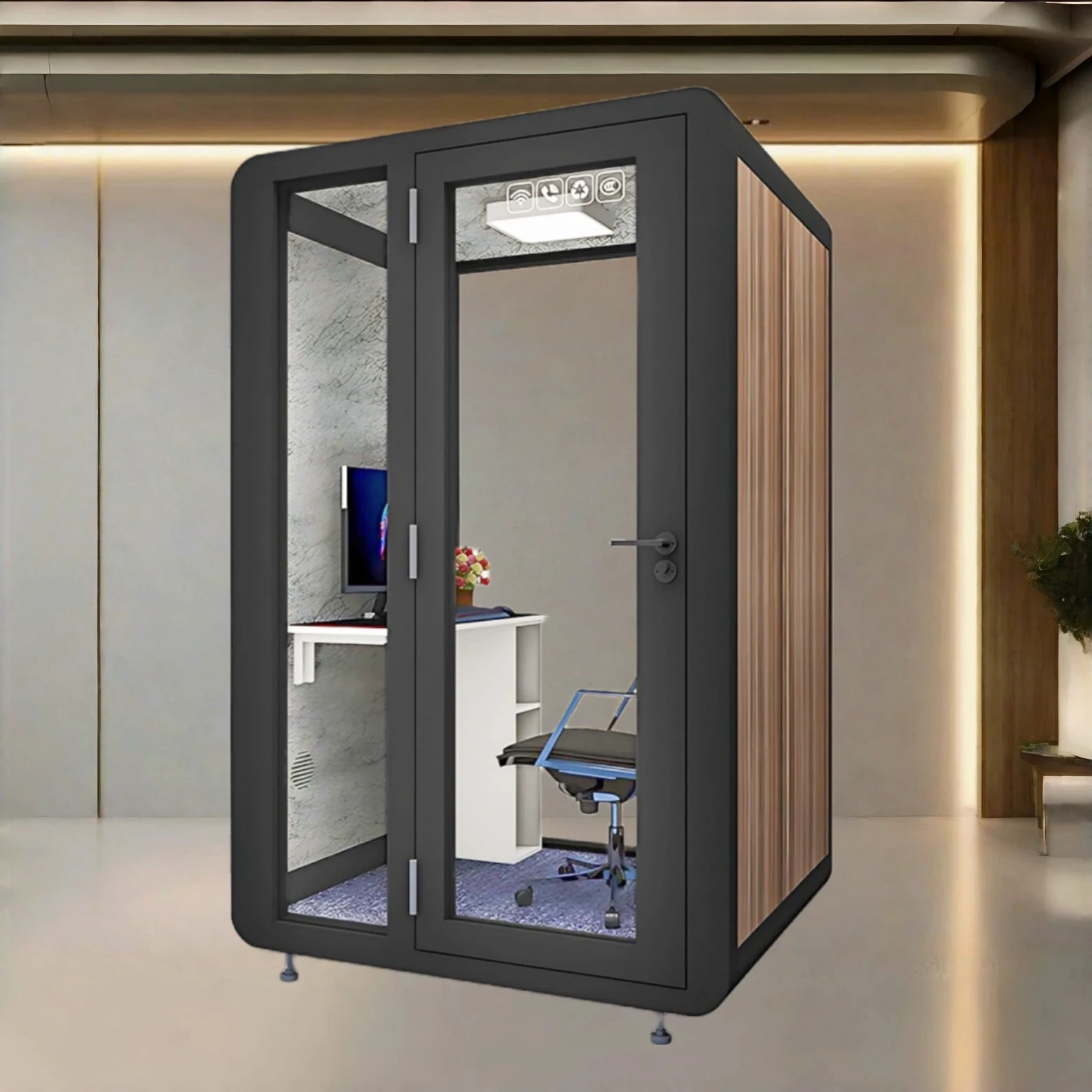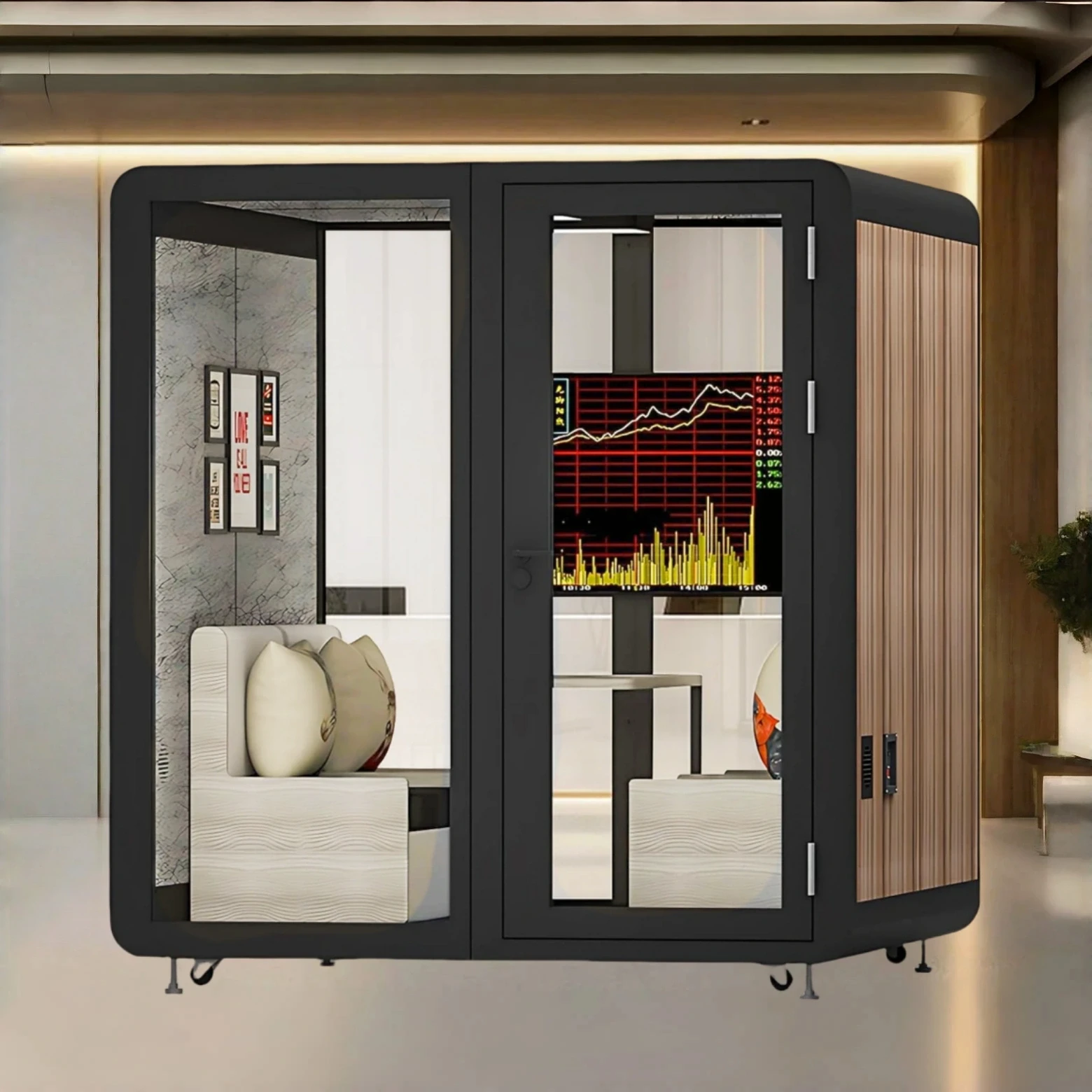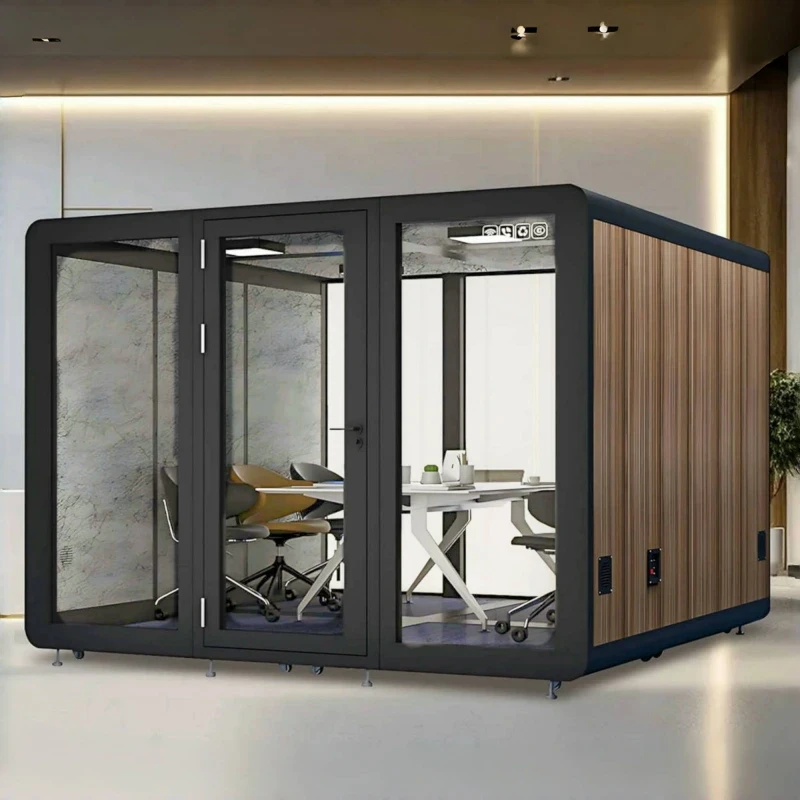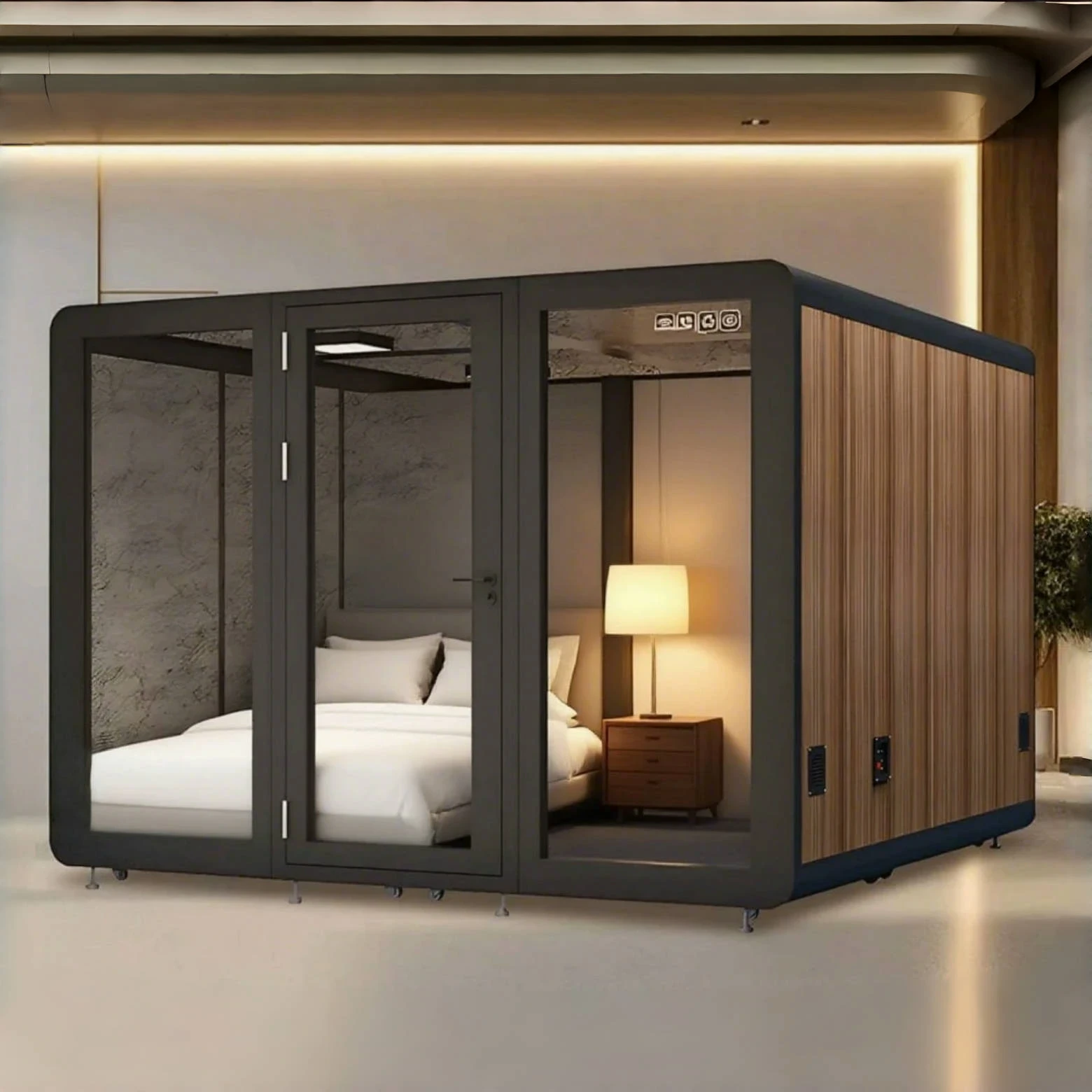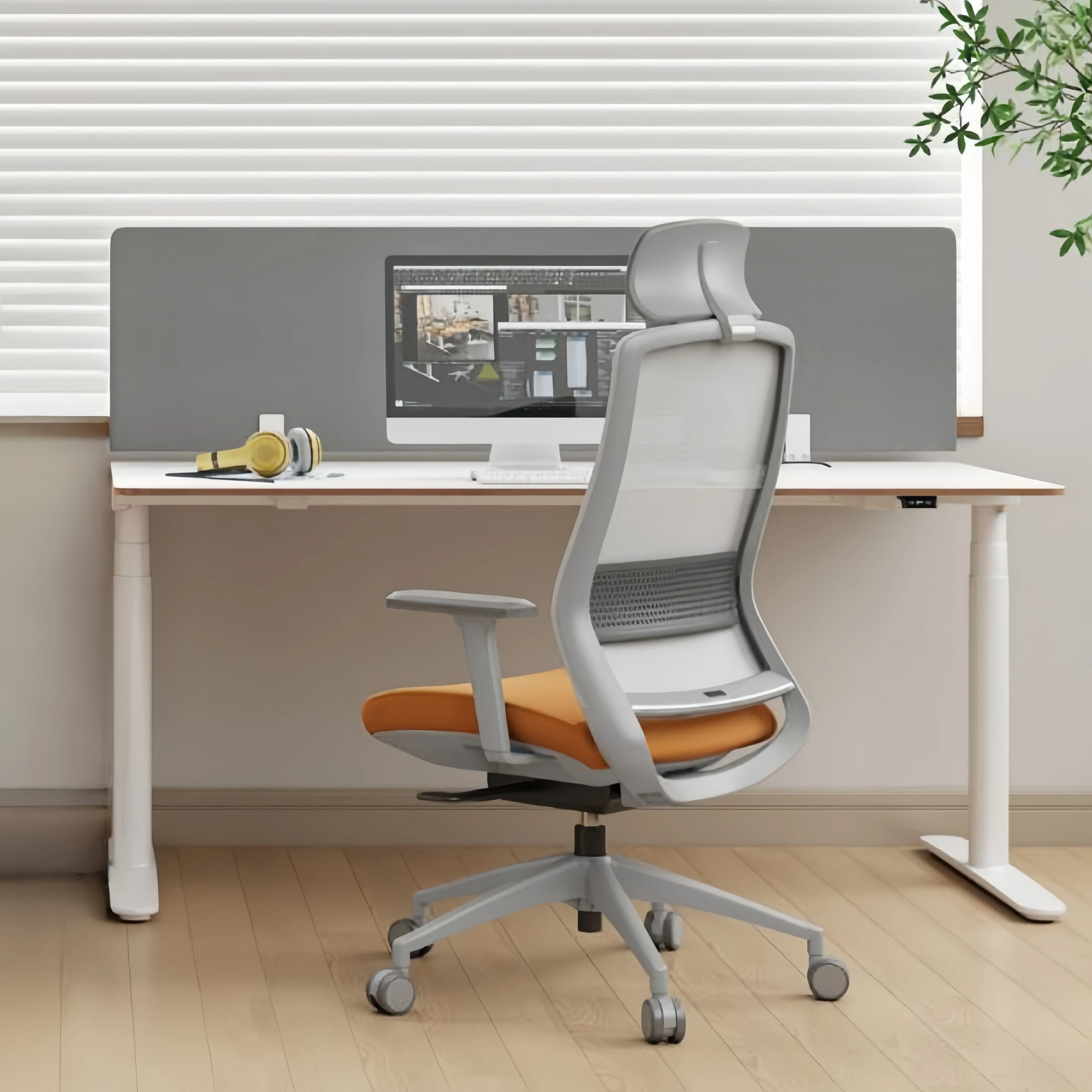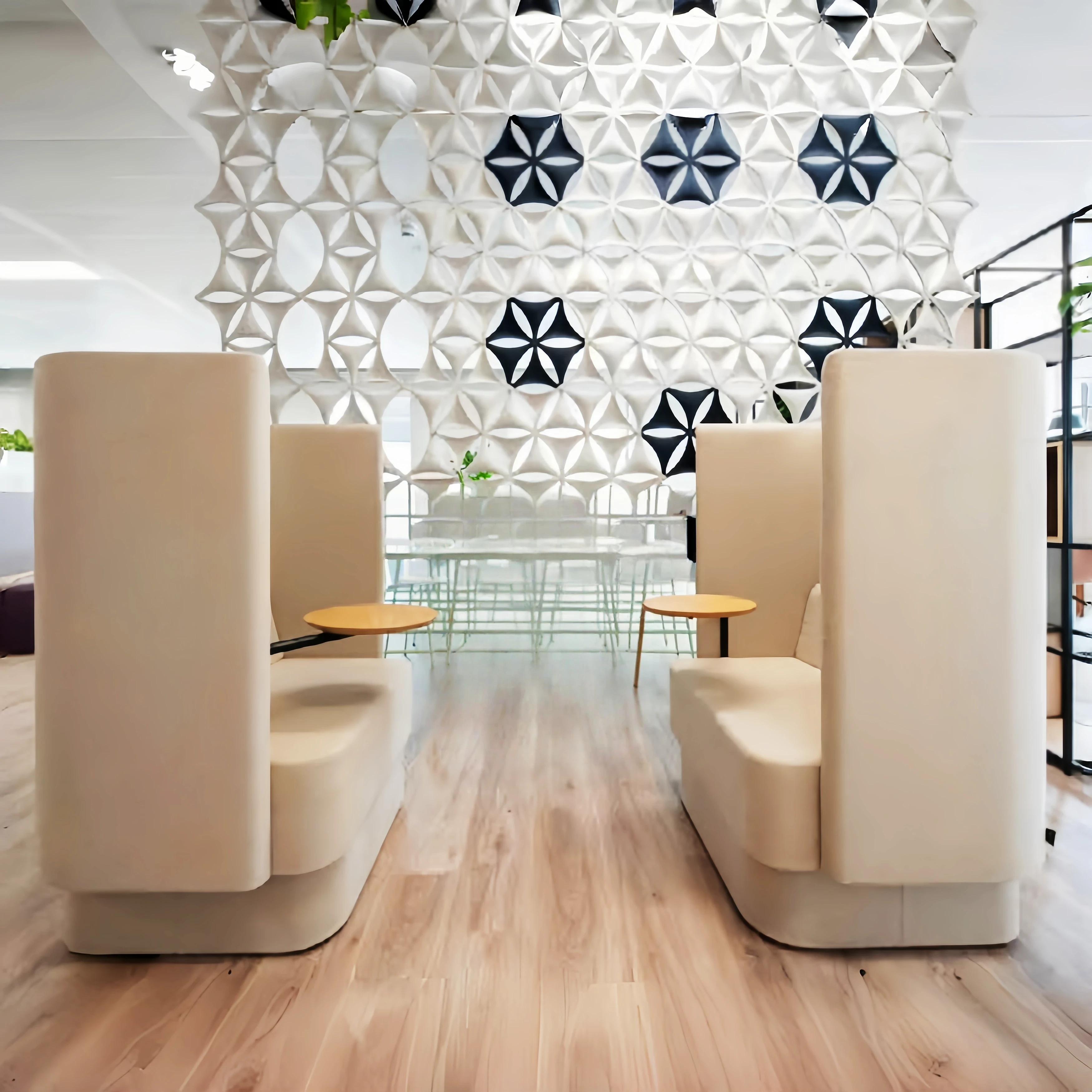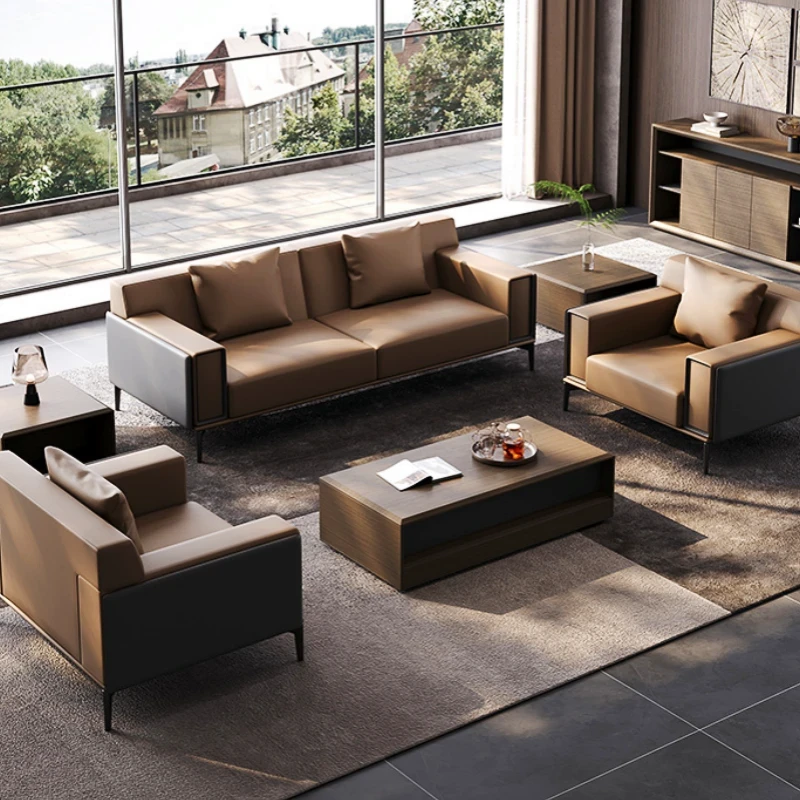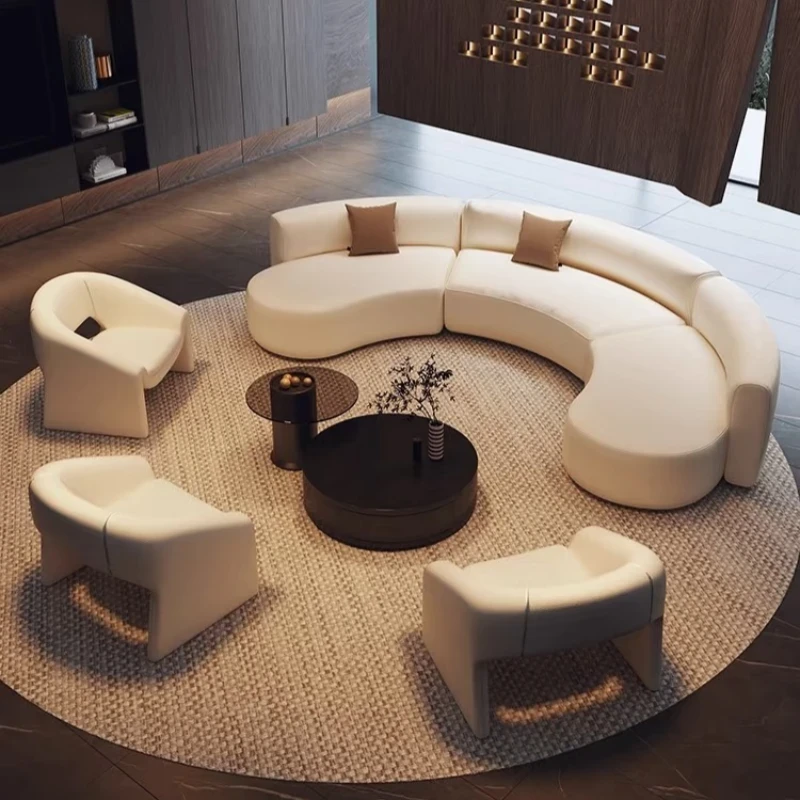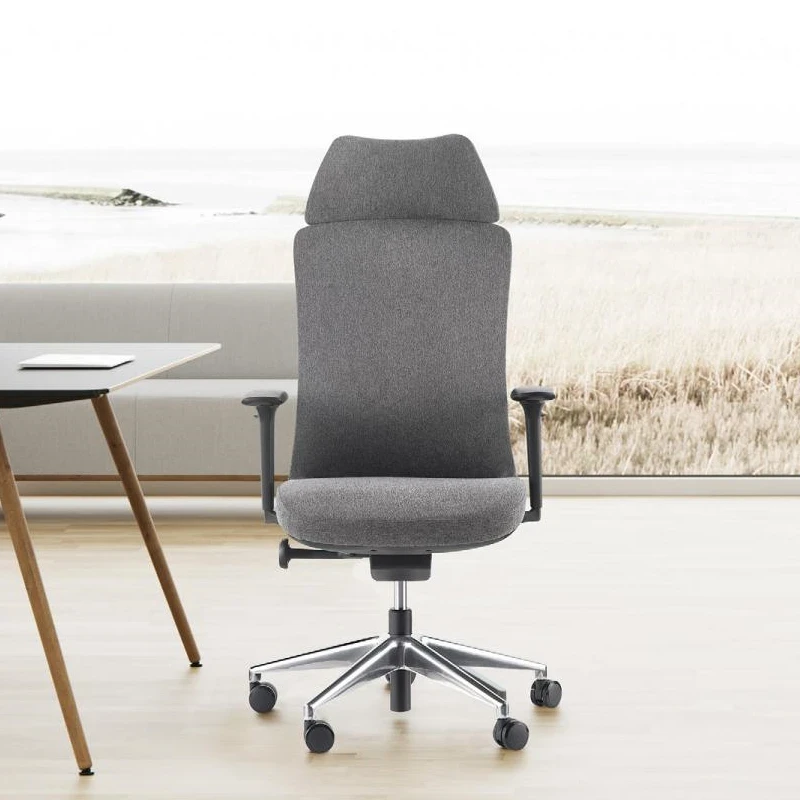Partitions are facades designed to separate interior spaces. A common technique in interior design, clever use of partitions can even allow a single room to serve two purposes.
Many homes often have unsatisfactory original layouts. Coupled with rising housing prices, we've gradually lost the ability to choose apartment layouts. Many families are now using partitions to separate various areas in their homes. This not only improves the layout but also allows for independent spaces.
Partitions can be divided into soft and hard types.
When it comes to partitions, most people's first reaction is to build a few walls to create a new room. However, partitions can be divided into soft and hard types.
Brick Wall Hard Partition
Hard partitions create an extra room. To put it simply, they are immovable walls. Common materials include lightweight brick walls and lightweight steel walls. They are often used to increase the number of rooms in a home and enhance its functionality.
Hard partitions can completely divide spaces, optimizing layouts while also providing sound insulation and visual blockage.
However, since they're immovable walls, they're less flexible. Once established, they're difficult to modify, so when redesigning, you need to carefully consider exactly where and how to partition.
Lightweight brick partitions are economical, practical, and easy to install, making them a common material for home partitions. They also provide insulation and sound absorption, keeping rooms warm in winter and cool in summer, providing a quiet and private space.
Lightweight steel walls are constructed with light-weight steel studs, with plasterboard attached on both sides, and then painted or wallpapered. Lightweight steel walls are lightweight and take up little space, making them the best choice if you simply want to create an extra room.
In contrast, soft partitions are much more flexible. Instead of using walls to rigidly divide spaces, they visually divide them, creating a "separated yet continuous" effect, allowing for better light and air permeability. However, while allowing light and air to flow through, soundproofing and privacy are somewhat compromised.
Glass Wall Soft Partitions
Glass wall partitions are suitable for any area that requires light. For example, placing a glass wall between an open-plan living room and the bed instantly transforms a one-bedroom, zero-living room space into a one-bedroom, one-living room space, creating a clear separation and brightly lit space.
You can also install gauze curtains on one side of the bedroom, closing them when needed to provide privacy. Alternatively, choose opaque glass, which allows light without casting shadows, for a sophisticated and aesthetically pleasing look.
Soft Partitions – Separate without being continuous, adaptable at any time. Soft partitions are flexible and easy to remove, allowing them to be changed at any time according to the homeowner's needs. They can avoid the lack of light caused by hard partitions while still maintaining functional zoning. They visually divide the space while ensuring light and air flow throughout the room.
Furniture Soft Partitions
Or, you can create functional home zoning using furniture alone.
Currently, the most common partitioning method is to use cabinets. While partitioning and dividing space, they also increase storage space, killing two birds with one stone. You can use a set of low cabinets to separate a work area from a sleeping area, achieving both functional separation and storage needs.
A sofa also makes a great partition. Instead of leaning against the wall, move it slightly toward the center of the living room and place a desk or storage cabinet. This instantly divides the living room into a relaxing area and a work/storage area, instantly increasing its functionality.
Choose an open-plan bedroom and add a large table to divide it into two.
Soft Screen Partitions
Screens, a crucial component of traditional Chinese furniture, have a long history. They are often displayed in prominent locations in a room, serving as dividers, beautifiers, windbreaks, and harmony. They complement classical furniture, blending seamlessly into a seamless whole, becoming an integral part of Chinese home decor, creating a harmonious and tranquil aesthetic.
In a large home, a corner screen is a truly moving piece of scenery.
Chinese people are very particular about feng shui and the layout of their homes. If the entrance faces the living room, it's considered unlucky. People usually add a cabinet partition to address this awkward situation, but many find cabinets too expensive and inconvenient to maintain, so many forgo the idea. Therefore, screens are the perfect solution.
If brightness is a concern, choose glass partitions to create a bright, clear space.
If weight-bearing requirements are a concern, choose lightweight brick partitions, which are both load-bearing and safe.
For kitchen and bathroom walls, tile is required, and only brick walls can support this load.
If you only need one partition, use lightweight steel walls, which are quick to install and take up minimal space.
For a separate dressing room, choose lightweight steel-framed gypsum walls to save space.

 USD
USD
 GBP
GBP
 EUR
EUR
